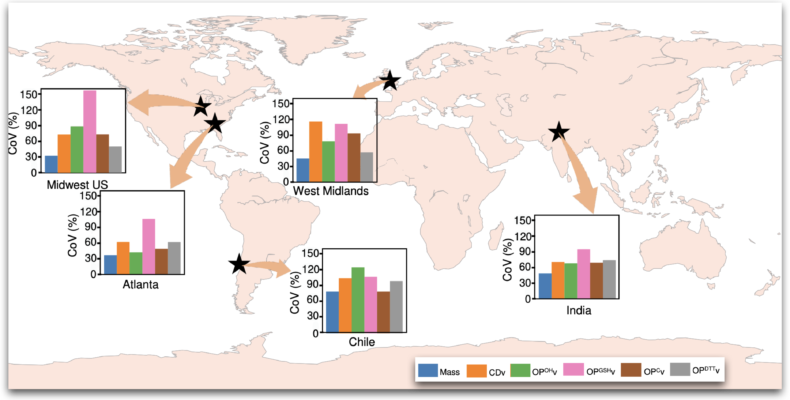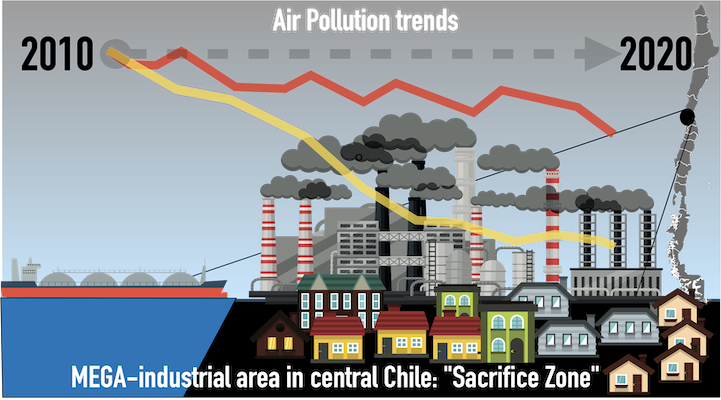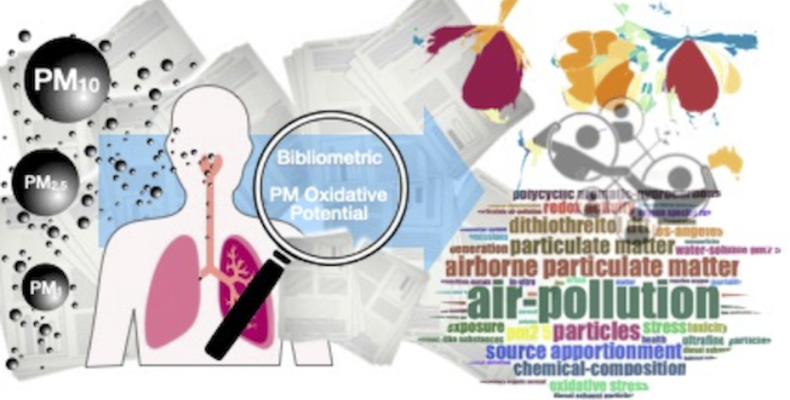According to our new collaborative paper published in Nature Communications, a comprehensive global analysis of PM2.5 samples from different geographical locations provides a robust understanding of the variability in PM2.5 toxicity. Underscoring the importance of chemical composition in assessing health effects, the results show that the relationship between PM2.5 mass and its oxidative potential and cytotoxicity is non-linear. To more accurately predict health outcomes, the study argues for the development of localised concentration-response functions that incorporate oxidative potential.
Inter-continental Variability in the Relationship of Oxidative Potential and Cytotoxicity with PM2.5 Mass



